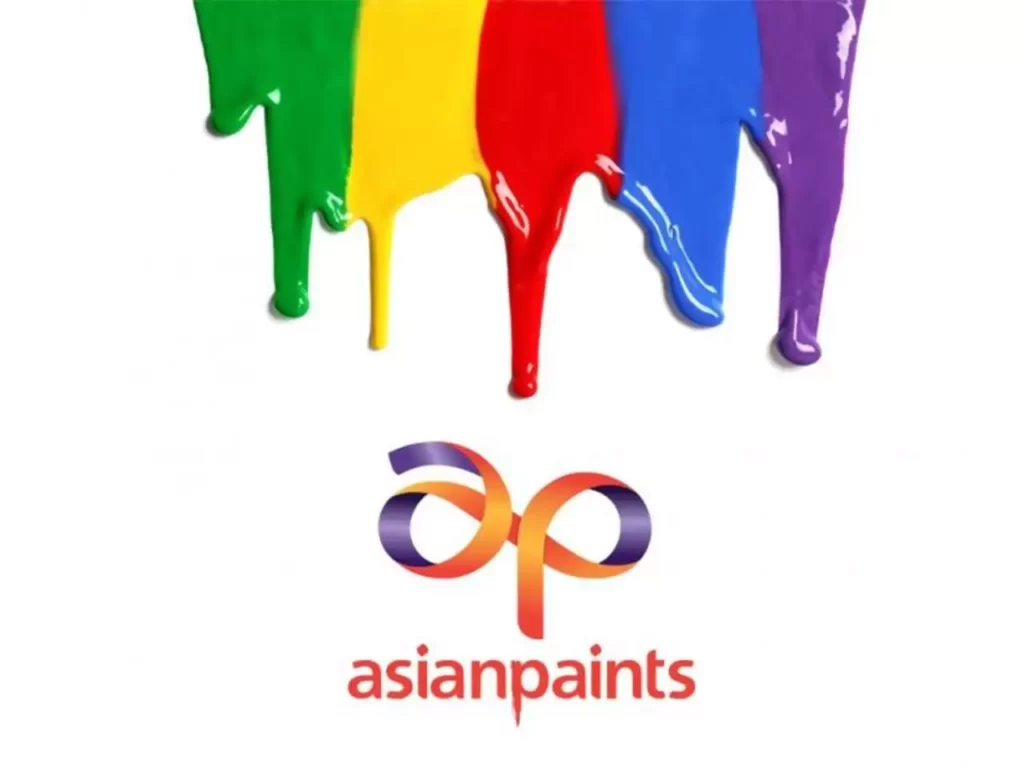Innovation is often associated with gaining a competitive advantage in an industry that resists acknowledging changes in customer behavior. One such market that has been slow to evolve is the Indian paint sector. Traditionally, painting homes in India was considered an occasional activity. However, Asian Paints, India’s leading manufacturer of paints and coatings, recognized a significant shift in consumer behavior and strategically adapted its operations to meet the evolving needs of its customers. This article explores how Asian Paints identified the changing dynamics in the Indian paint industry and implemented proactive strategies to revolutionize the market.

Asian Paints to Innovate the Paint Industry Here is the Key Points You Need To Know
The Indian paint industry was once highly fragmented and unorganized. However, Asian Paints realized the potential for growth by transforming painting into an anytime activity, driven by the motivation to experience change. This shift in consumer behavior provided an opportunity for Asian Paints to reposition itself as the go-to brand for customers seeking inspiration and a means to personalize their living spaces.
Strategic Implementation:
Asian Paints’ transformation journey began in the early 2000s with the implementation of Enterprise Resource Planning (ERP) systems and advanced supply-chain management systems. These technological advancements enabled the company to enhance its internal operations and customer-facing processes, paving the way for greater efficiency and improved service delivery. By streamlining its operations, Asian Paints could respond swiftly to changing market demands and customer preferences.
Another significant milestone in Asian Paints’ strategic approach was the centralization of the order-taking process in 2010. This centralized system further enhanced operational efficiencies, allowing the sales team to redirect their time and resources toward building stronger customer relationships. This move not only streamlined the company’s processes but also contributed to sustained growth in an otherwise fragmented industry.
Synergy of IT Capabilities and Organizational Changes:
Asian Paints recognized that investing in IT capabilities alone would not suffice for achieving long-term success. The company strategically combined its technological advancements with organizational and process changes. This holistic approach enabled Asian Paints to create a successful organization that could redefine industry norms and drive innovation in the Indian paint sector.
By leveraging its robust IT infrastructure, Asian Paints strengthened its competitive position and gained a deeper understanding of customer preferences through data analysis. This valuable customer insight empowered the company to develop tailored products, personalized marketing strategies, and targeted campaigns, leading to higher customer engagement and brand loyalty.
Conclusion:
Asian Paints’ success in transforming the Indian paint industry serves as an exemplary case of strategic adaptation to changing customer behavior. Through its investments in IT capabilities, operational enhancements, and customer-centric approaches, Asian Paints has not only modernized the sector but also inspired a shift in consumer perception of painting from a traditional, occasional activity to an anytime, transformative experience.
As the market leader, Asian Paints continues to innovate and set industry standards, proving that embracing change and proactively aligning strategies with evolving customer preferences can pave the way for sustainable growth and market dominance. The Indian paint sector stands as a testament to the transformative power of strategic innovation and the immense potential it holds for industries willing to embrace change.
